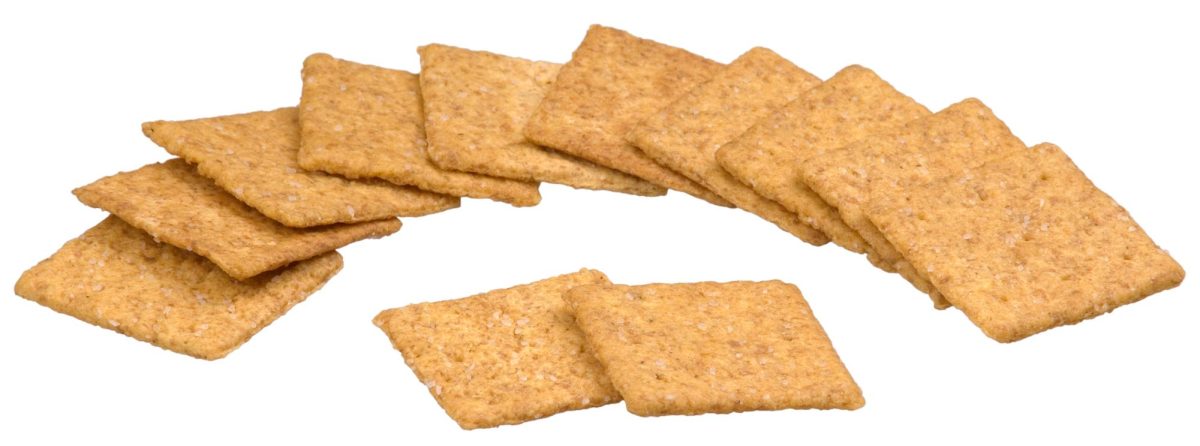DISCLAIMER: THIS ARTICLE IS SATIRE AND IS MEANT FOR ENTERTAINMENT PURPOSES ONLY.
A popularly debated subject, the discussion between the differences between Thin Wheat Crackers and Wheat Thins is wholly relevant, especially considering they are essentially the same crackers.
After World War II in 1947, Nabisco released Wheat Thins. While a variety of flavors such as dill pickle and chipotle have been released, the original cracker has remained a mainstay of American stores since. Given their popularity, other imitation crackers emerged, including Aldi’s Thin Wheat Crackers by Savoritz, which are considered a “regular buy” by the store, meaning that, unlike other Aldi items that rotate in and out of the store, Thin Wheats are frequently stocked and almost always available. Thin Wheat Crackers (as of the time of writing) only have two types, original and reduced fat which, at least from my experience, taste nearly identical.
Their prices cost $3.98 for an 8 oz box of Wheat Thins (from HyVee), compared to $2.45 for a 9.1 Oz box (from Aldi) at the time of writing and in reference to the reduced fat variety. As such, from a monetary perspective, Thin Wheats are a superior deal, costing not only less but for a higher quantity.
However, the real test of worth is what these crackers actually taste like, which is where Thin Wheats really begin to shine. Looking at the nutrition facts and ingredients list on both original Wheat Thin and original Thin Wheat, both have the same serving size (16 pieces) and servings per container (8 servings) along with similar percentages of fat, carbohydrate, and other sections, differing by at most a percent per area. Ingredients are also essentially the same, and in the same order, with whole grain wheat flour being first for both. The only key difference is the allergens list, for which both say “Contains: Wheat,” while only the Thin Wheats say “May Contain Sesame Seeds.”
From experience actually trying both crackers, and even taste testing them blind, there is a clear superiority to Savoritz Thin Wheats. Not only tasting slightly less salty, the Thin Wheats are also slightly less hard in texture. While this difference does not detract from the Thin Wheat being on the crunchier end of the cracker spectrum overall, it allows the Thin Wheat to be less aggressively sharp while chewing. Similarly, although there is the same amount of added sugar in each, the Thin Wheat tastes slightly sweeter, and therefore less bland than the on-brand Wheat Thin. Therefore, Thin Wheats are also superior in flavor, given that they do more with the same ingredients.
While the preference is, of course, up to the consumer, Thin Wheats are a high quality cheap snack, and I would certainly recommend them over Wheat Thins.





















































